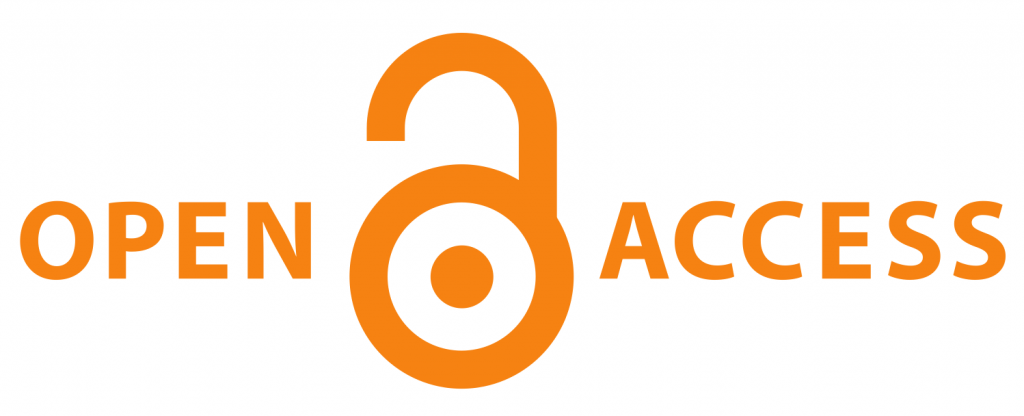Clinical Evaluation of Vedistry Shallaki + Tablets in the Management of Osteoarthritis
DOI:
https://doi.org/10.21760/jaims.10.2.9Keywords:
Vedistry Shallaki Tablet, Osteoarthritis (OA), Boswellia serrata, Degenerative joint disease, Joint painAbstract
Objective: To establish the efficacy and safety of Vedistry Shallaki + Tablet in the management of osteoarthritis (OA).
Method: A randomized, double blind, active controlled, single center, clinical study was carried out in 300 osteoarthritic subjects to evaluate the efficacy and safety of Vedistry Shallaki + Tablet in relieving symptoms of moderate to mild OA. The efficacy and safety of Vedistry Shallaki + Tablet administration in a dose of 1 tablet twice daily for 90 days was directly compared with the selective COX-2 inhibitor, celecoxib given in a dose of 100 mg twice daily using total Western Ontario and McMaster Universities Osteoarthritis index (WOMAC) score, pain score, functional ability score, visual analog scale (VAS) score and Lequesne functional index values.
Results: The results of the study showed that Vedistry Shallaki + Tablet can provide significant improvement in relieving the symptoms and the pain associated with OA. Osteoarthritic subjects receiving Shallaki Plus reported statistically significant changes/decreases in their clinical symptoms and pain compared to those receiving Celecoxib. This was evident from significant changes in the total Western Ontario and McMaster Universities Osteoarthritis index (WOMAC) score, pain score, functional ability score, visual analog scale (VAS) score and Lequesne functional index values at P < 0.05 level.
Conclusion: Vedistry Shallaki + Tablet promises the beneficial effects for the treatment of osteoarthritis by controlling inflammatory responses as well as the pain without any adverse effects.
Downloads
References
Lao L, Hochberg M, Lee DYW, Gilpin AMK, Fong HHS, Langenberg P, et al. Huo-Luo-Xiao-Ling (HLXL)-Dan, a traditional Chinese medicine, for patients with osteoarthritis of the knee: A multi-site, randomized, double-blind, placebo-controlled phase II clinical trial. Osteoarthr Cartil. 2015;23:2102-8.
Cross M, Smith E, Hoy D, Nolte S, Ackerman I, Fransen M, et al. The global burden of hip and knee osteoarthritis: Estimates from the Global Burden of Disease 2010 study. Ann Rheum Dis. 2014;73:1323-30.
Bannuru RR, Osani MC, Vaysbrot EE, Arden NK, Bennell K, Bierma-Zeinstra SMA, et al. OARSI guidelines for the non-surgical management of knee, hip, and polyarticular osteoarthritis. Osteoarthr Cartil. 2019;27:1578-89.
Park J. Medical treatment of osteoarthritis: Botanical pharmacologic aspect. J Rheum Dis. 2024;31(2):68-78.
Safayhi H, Mack T, Sabieraj J, Anazodo MI, Subramanian LR, Ammon HPT. Boswellic acids: Novel, specific, nonredox inhibitors of 5-lipoxygenase. J Pharmacol Exp Ther. 1992;26:1143-6.
Sailer ER, Subramanian LR, Rall B, Hoernlein RF, Ammon HPT, Safayhi H. Acetyl-11-keto-β-boswellic acid (AKBA): Structure requirements or binding and 5-lipoxygenase inhibitory activity. Br J Pharmacol. 1996;117:615-8.
Yu G, Xiang W, Zhang T, Zeng L, Yang K, Li J. Effectiveness of Boswellia and Boswellia extract for osteoarthritis patients: A systematic review and meta-analysis. BMC Complement Med Ther. 2020;20:225. doi:10.1186/s12906-020-02985-6.
Hua B, Ryan P, Varma D, Belski R, Nelson L, Hayes A, et al. Efficacy of a Chinese herbal medicine in the treatment for patients with knee osteoarthritis: A randomized, double-blind, placebo-controlled pilot trial. Eur J Integr Med. 2013;5:553-60.
Naderi Z, Mozaffari-Khosravi H, Dehghan A, Nadjarzadeh A, Huseini HF. Effect of ginger powder supplementation on nitric oxide and C-reactive protein in elderly knee osteoarthritis patients: A 12-week double-blind randomized placebo-controlled clinical trial. J Tradit Complement Med. 2016;6:199-203.
Park YG, Ha CW, Han CD, Bin SI, Kim HC, Jung YB, et al. A prospective, randomized, double-blind, multicenter comparative study on the safety and efficacy of Celecoxib and GCSB-5, dried extracts of six herbs, for the treatment of osteoarthritis of knee joint. J Ethnopharmacol. 2013;149:816-24.
Vijayalaxmi A, Bakshi V, Begum N, Kowmudi V, Naveen KY, Reddy Y. Antiarthritic and anti-inflammatory activity of beta-caryophyllene against Freund’s complete adjuvant-induced arthritis in Wistar rats. Bone Rep. 2016;1:1-10.
Kimmatkar N, Thawani V, Hingorani L, Khiyani R. Efficacy and tolerability of Boswellia serrata extract in the treatment of osteoarthritis of knee: A randomized double-blind placebo-controlled trial. Phytomedicine. 2003;10(1):37.
Dev SA. Selection of Prime Ayurvedic Plant Drugs: Ancient-modern Concordance. New Delhi: Anamaya Publishers; 2006. p. 113-7.
Menon AK, Kar A. Analgesic and psycho-pharmacological effects of the gum resin of Boswellia serrata. Planta Med. 2005;24:19-33.
Cuaz-Perolin C, Billiet L, Bauge E, Copin C, Scott-Algara D, Genze F, et al. Anti-inflammatory and anti-atherogenic effects of the NF-kappaB inhibitor acetyl-11-keto-beta-boswellic acid in LPS-challenged ApoE−/− mice. Arterioscler Thromb Vasc Biol. 2008;28:272-7.
Wang Q, Pan X, Wong HH, Wagner CA, Lahey LJ, Robinson WH, et al. Oral and topical boswellic acid attenuates mouse osteoarthritis. Osteoarthr Cartil. 2014;22:128-32.
Vuddanda PR, Singh S, Velaga S. Boswellic acid - Medicinal use of an ancient herbal remedy. J Herb Med. 2016;6:163-70.
Gupta PK, Samarakoon SM, Chandola HM, Ravishankar B. Clinical evaluation of Boswellia serrata (Shallaki) resin in the management of Sandhivata (osteoarthritis). Ayu. 2011;32(4):478-82. doi:10.4103/0974-8520.96119. PMID:22661840; PMCID:PMC3361921.
Altmann A, Fischer L, Schubert-Zsilavecz M, Steinhilber D, Werz O. Boswellic acids activate p42 (MAPK) and p38 MAPK and stimulate Ca(2+) mobilization. Biochem Biophys Res Commun. 2002;290:185-90.
Anjali MR, et al. Piperine as a bioavailability enhancer: A review. Asian J Pharm Anal Med Chem. 2017;5(1):44-8.















